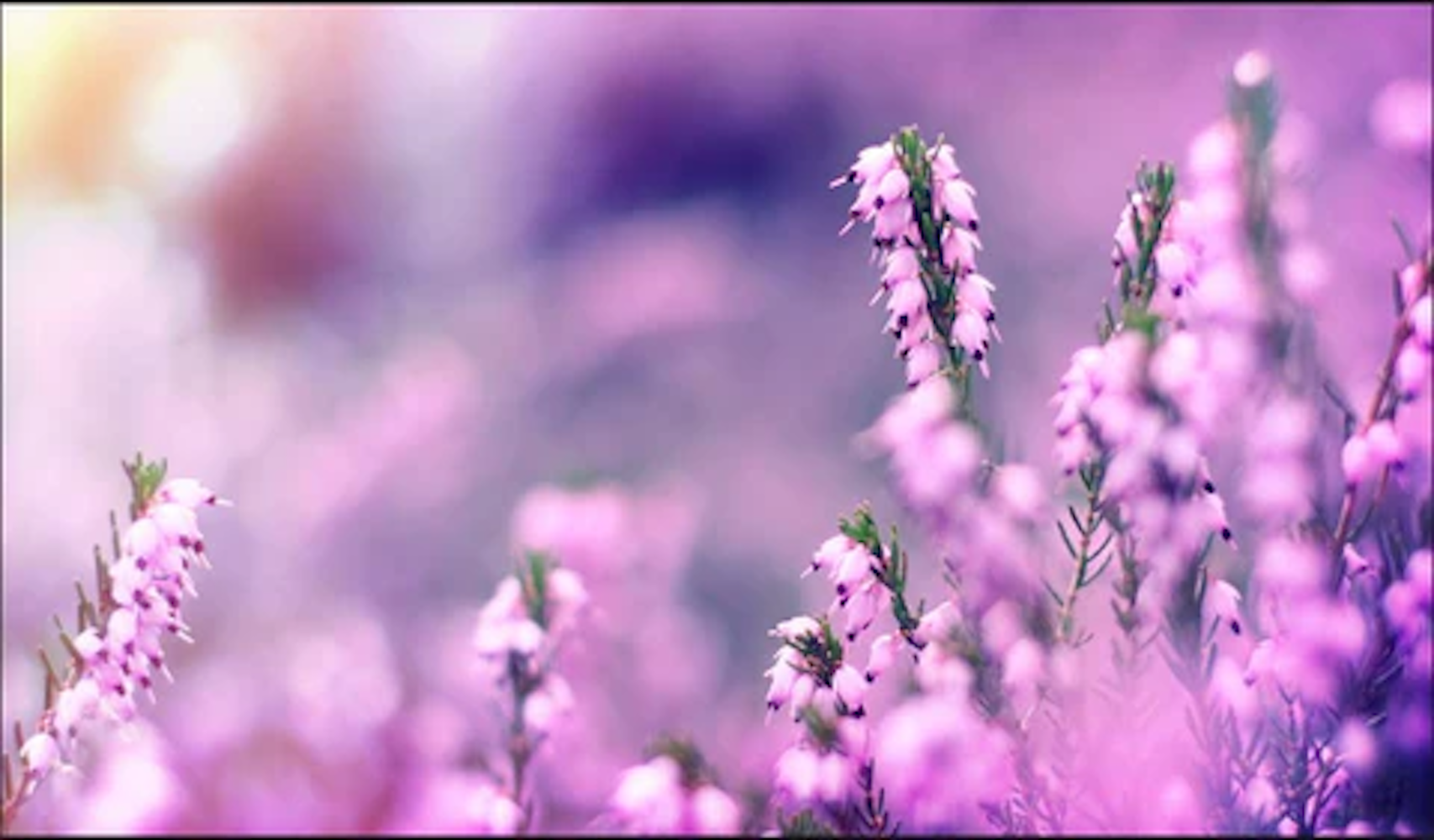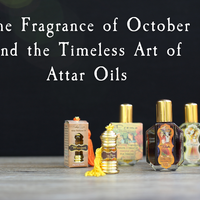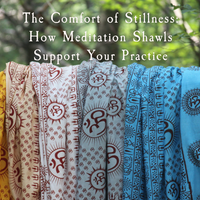Lavender is one of the best known herbs, loved for the purple beauty that it brings to the garden and soothing fragrance in the home. It is used widely to help calm the mind and body with its floral scent that relieves stress and helps deepen relaxation. Though its benefits are most commonly enjoyed through aromatherapy in the forms of incense and essential oil, it is also put into tea blends, cooked into food, used in spiritual practices, and added to lotions and shampoos. Its oil also has cleansing and medicinal purposes.
The origins of the word lavender come from lavare in Latin, which means “to wash.” Considering lavender was traditionally used as an antiseptic, this makes complete sense. The many different types of lavender come from the mint family and can be found thriving throughout the world, with most species growing leaves that are covered in fine hairs that contain essential oil.
RELAAAAAX
Ever need to relax after a particularly stressful day but just can’t wind down, or after an intense workout? Try a little lavender aromatherapy, not only a co
mpletely healthy technique but also thoroughly enjoyable. Lavender’s scent has been found to actually lower heart rates and blood pressure, naturally inducing relaxation. Put a few drops of lavender essential oil in your bath or burn incense while you soak. Place a handful of lavender in a vase or diffuser with its oil on your night stand. Or relax with some dried flowers in your pillowcase or infuse flower heads into a cup of boiling water.
LAVENDER INCENSE
The thing is, it’s difficult to hang onto or create negative thoughts when lavender, a natural anti-depressant, is in the air. An easy way to emanate this atmosphere is to burn incense that has lavender in it. And if it just happens to be that time of year when the flying critters feel inclined to visit you, this natural insect repellant will likely be the most pleasant one you’ve ever used
ESSENTIAL OIL
Lavender essential oil is extracted from the hairs, or spikes, that grow on the leaves of certain species. The uses of this are many as it is used as an antiseptic and anti-inflammatory, most commonly to help heal minor burns and soothe itchy bug bites. Chances are that if you walk down the aisle of any store selling beauty products, you will see “lavender” written on many of the labels. Highly regarded for those bottled items that make you feel clean and smell good, it is a common fragrance in shampoos, conditioners, lotions, perfumes, bath scents and air fresheners. The U.S. National Institute of Health does not recommend that women who are pregnant or breast feeding use lavender because of the lack of knowledge of its effects.
THE HERB OF LOVE
Lavender has long been known as an aphrodisiac, with a variety of ways to reach the senses, whether through food, infused lemonade or tea, or the many ways to bring its aroma into the air. It works by relaxing the body, gently drawing out any stress, while keeping the mind clear and increasing blood flow. Both men and women enjoy the scent from a few sprigs being added to a bouquet of flowers, while the many forms of aromatherapy—incense, essential oil diffuser, candle, perfume—are a given. For centuries, women have used it to scent their clothes and linens with it. There was a time that its scent represented chastity and was believed to ensure fidelity among couples.
RELIEVE YOUR ACHES AND PAINS
Given its inherently soothing properties, it’s fitting that the various forms of lavender have medicinal purposes. While some use it to relieve restlessness, insomnia, depression and anxiety, others use it to relieve digestive bloating and headaches. The essential oil can also be made into balms, salves and topical applications, though some may experience skin irritation. When diluted with water or other natural items such as rosewater or witch hazel, it can be used to treat acne. The U.S. National Institute of Health cautions the use of lavender oil by young boys because of possible hormonal effects leading to gynecomastia.
CULINARY DELIGHT
The first lavender treat that we’ll mention here is one that requires absolutely no effort on the part of the one eating it – honey. Bees are attracted to the lavender flower’s abundant nectar and instinctively make this into lavender honey for us to enjoy. Lavender lemonade can be made by boiling just a pinch of dried flowers with equal amounts of water and sugar, then add fresh lemon juice and cool. Lavender also makes its way into the kitchen as the dried flowers are blended with teas, pared with chocolate in dessert and some cheeses, or made into lavender syrup or scones. The U.S. National Institute of Health has said that lavender is likely safe to consume in food.
LAVENDER AND YOUR SPIRITUAL PRACTICE
Lavender aromatherapy doesn’t only create tranquility and ease tension, which can help release any energy blockages and promote a release from mental and emotional stress. It is symbolic of love, protection, magic, vision and healing. It also facilitates some spiritual practices with its natural purification properties. Those who meditate and practice yoga use lavender as an aid in seeking a higher vibration of energy, clarity and peace, helping to increase awareness by turning inward. According to yin and yang, lavender points toward the feminine aspect. Those who follow plant spirit medicine see it possessing the essence of the Divine Mother’s energy, such as beauty, power, elegance and nurturing love. Some plant lavender around their homes in order to ward off evil spirits, according to some folklore beliefs. Those who practice Wicca use it in the form of incense to cast spells for protection as well as to purify the sacred magic circle before entering it.








0 comments